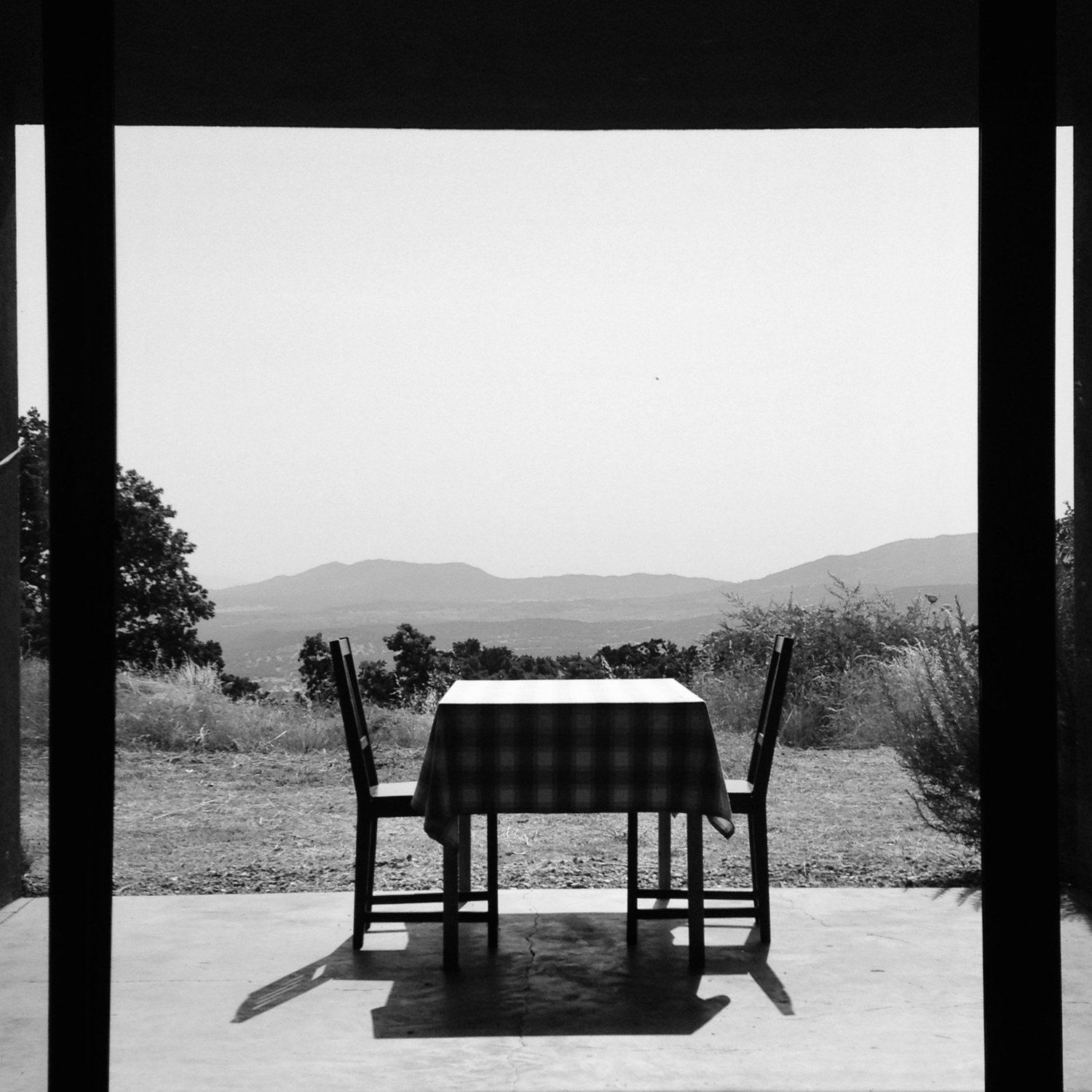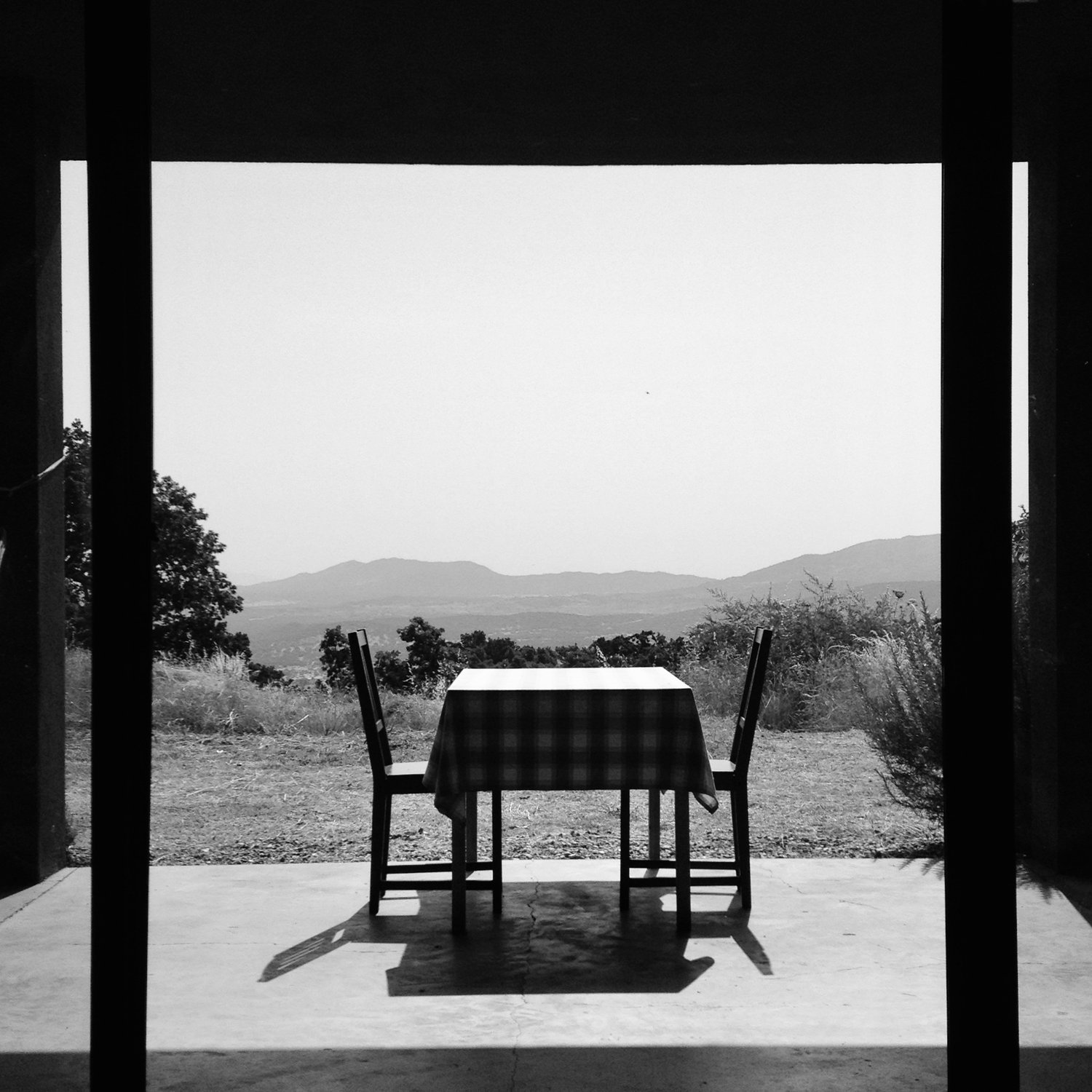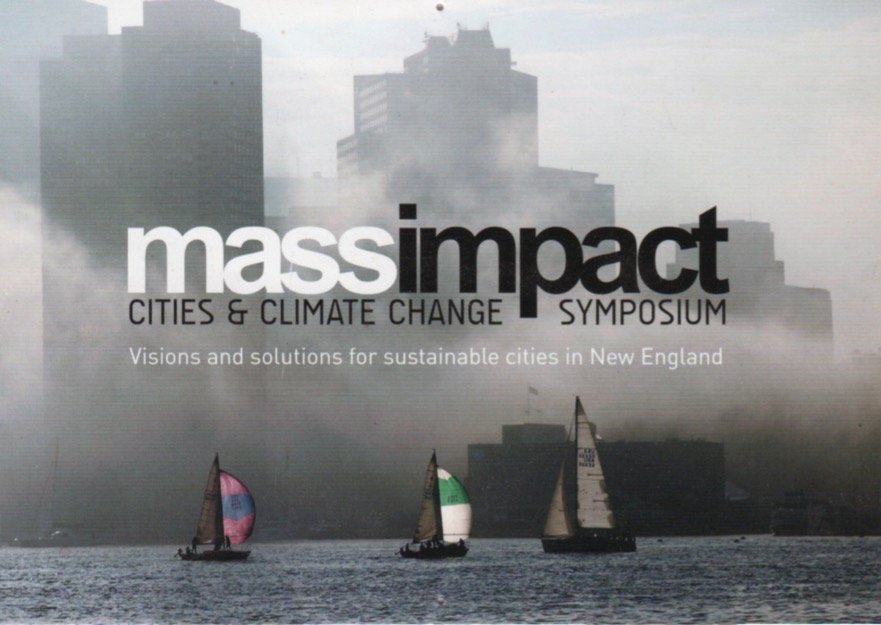Urbanism
Campus Planning
Campus planning includes three Middle Eastern Universities and one in post-war Bosnia.
Environment | Climate
Public conferences and practical applications in the design of cities and buildings.
Preamble: Cockermouth, Cumbria
In 1972, during my ‘year out’ from the AA, (after RIBA Part I, prior to the Diploma and Part II) I spent time in the offices of Johnston and Wright in Carlisle, Cumbria. I was given some public housing projects to work on but also a plan for the medieval town of Cockermouth. This predominantly agricultural market town was sited at the confluence of two rivers, the Derwent and the Cocker. There were two main problems to be resolved: traffic congestion and parking; and perennial flooding. To address the first issue a peripheral, annular road was proposed (closer to the center than a by-pass) with distributed parking places nestled into vacant lots where buildings had been abandoned due to flooding.
The flooding issue was more serious and more difficult to solve without major systemic intervention. Post WW2 government subsidies had encourage farmers to drain their land to produce better and more productive grazing. Unfortunately, the net effect of this better drained land was that in a rainfall, the runoff drained rapidly into the rivers causing them to swell and to flood where there were constrictions such as the walls and bridges of the town. Apart from advising higher walls and some overflow space in an adjacent park not much has been acted upon so that in 2009, 2015 and as recently as 2021, Cockermouth has continued to suffer from loss of life and property.
This experience and knowledge gained from when I was an architectural student more than three decades previously, helped inform my Two Rivers Plan for Brockton in which the proliferation of impervious surfaces adjacent to the rivers has caused similar problems with flash flooding in the town.






